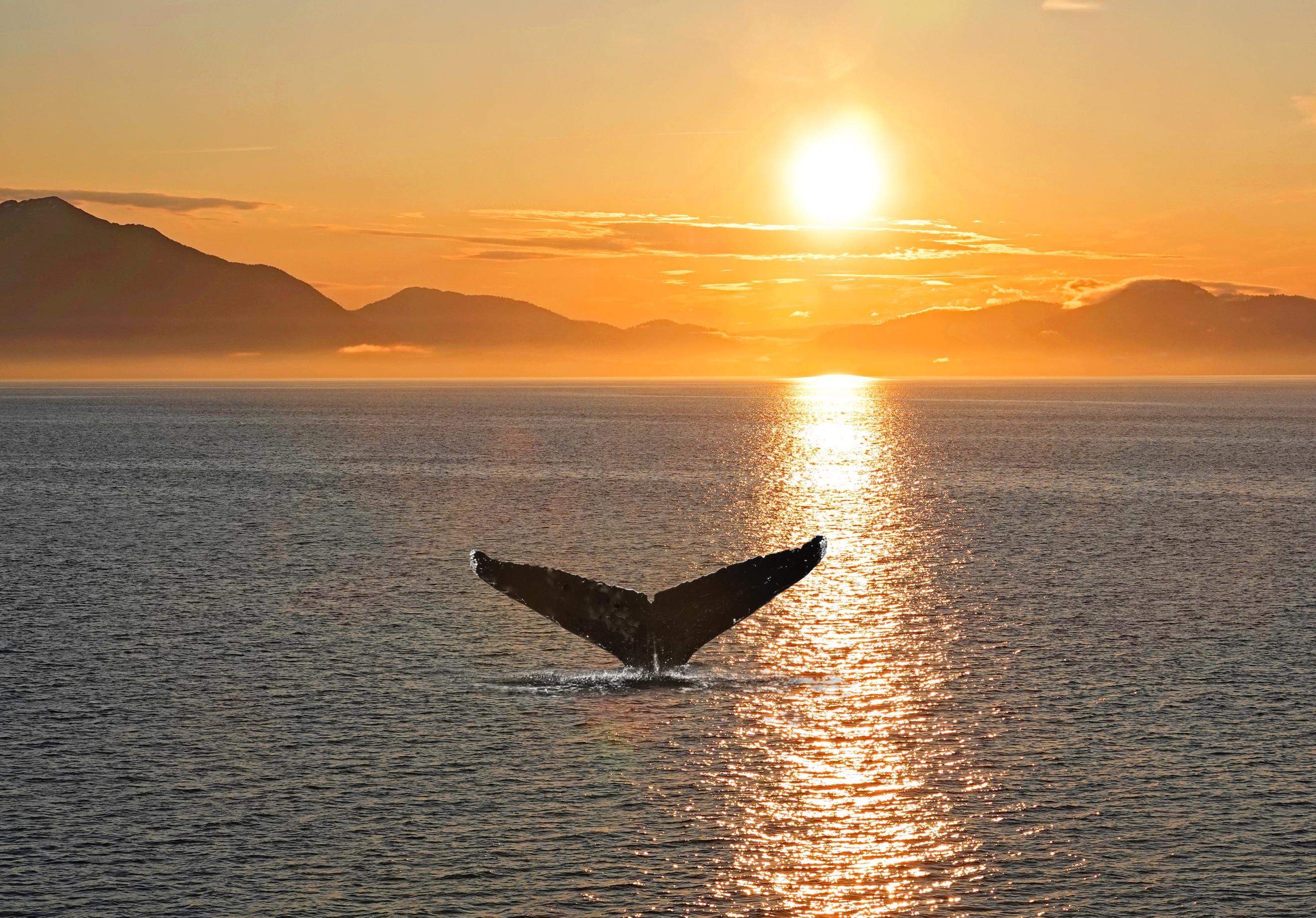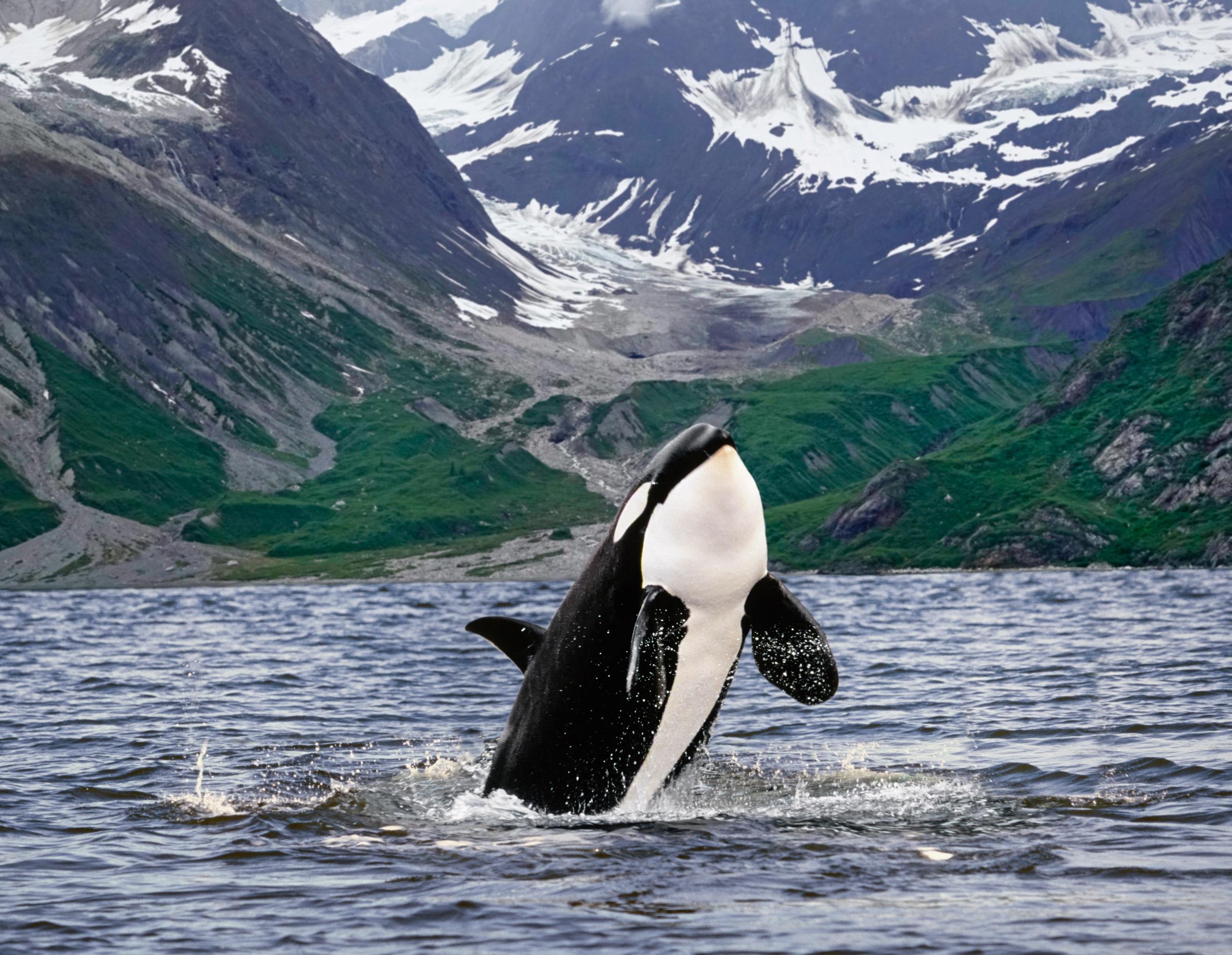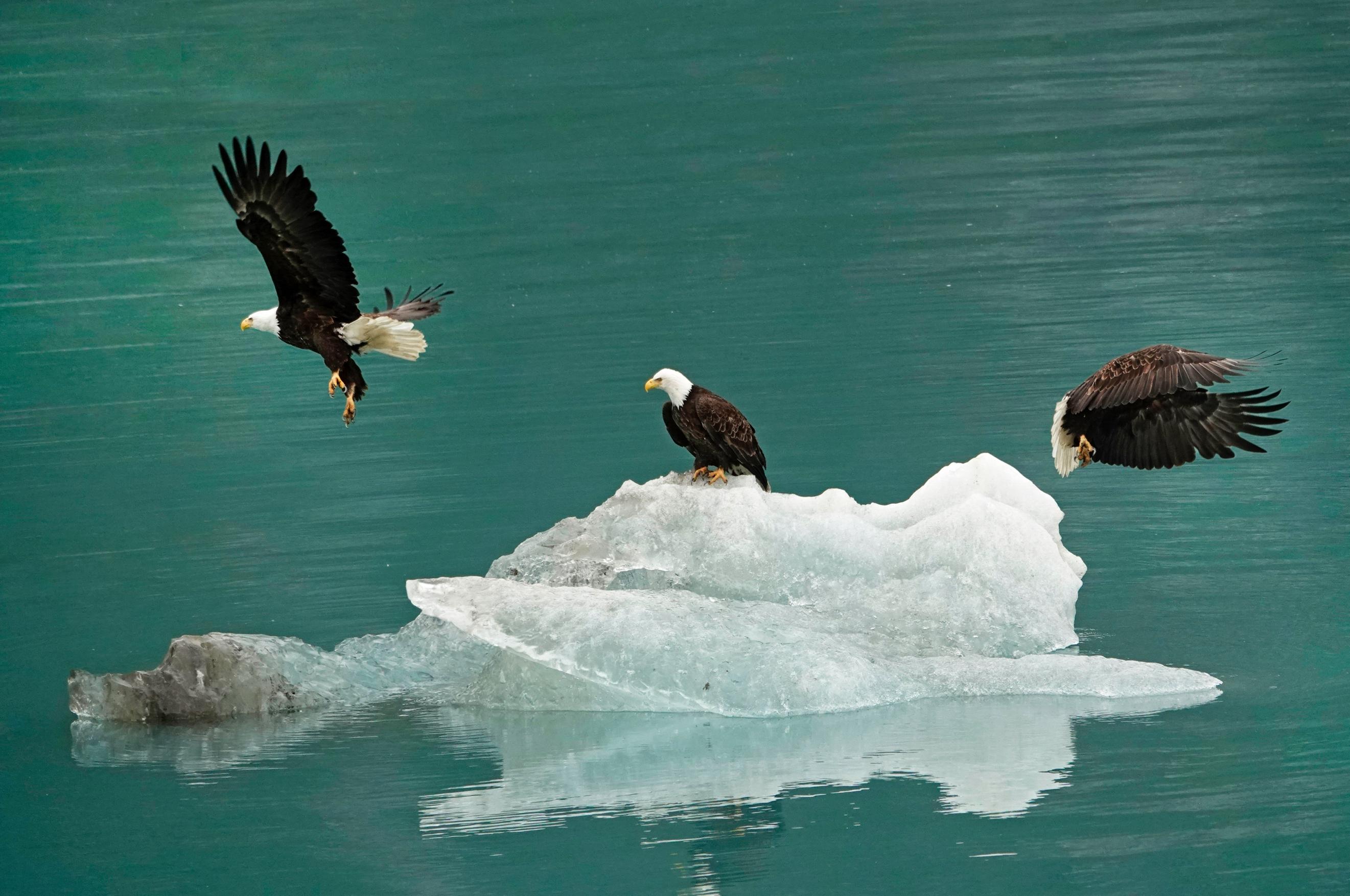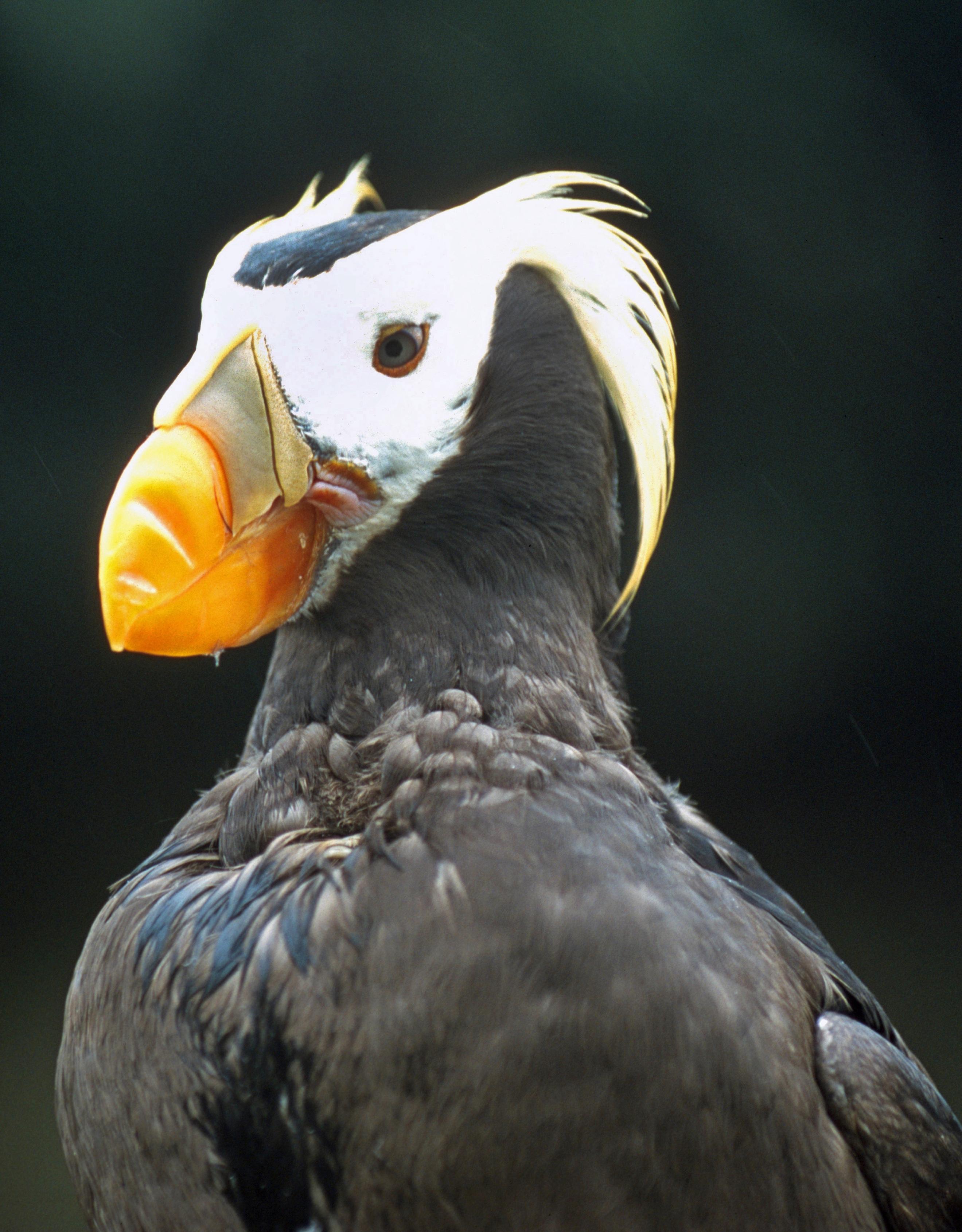
4 minute read
Postcard from Glacier Bay Buddy Mays
Postcard From Glacier Bay
Advertisement
Story and Photos by Buddy Mays
I will be the first to admit that a onethousand-foot-long mega-liner carrying 2,000 passengers is hardly my first choice as an ideal platform for wildlife and nature photography in southeast Alaska. Most wild animals quickly skedaddle as something the size of a cruise ship blunders through the swells in their direction making enough noise to wake Davy Jones.
But if you are on one of the lower decks just after dawn or an hour before dusk, and if the ship happens to be navigating slowly through growler ice in Glacier Bay National Park, and if Mother Nature is in a good mood, and if you haven’t tugged on Superman’s cape or spit into the wind, the chances of getting some halfway decent photographs from the ship are better than average.
I have been to the Land of the Midnight Sun many times, but I had never visited Glacier Bay National Park until last July when my wife and I set sail for Alaska’s Inside Passage on Holland-America’s Nieuw
Amsterdam. A stopover in Glacier Bay, located in a many-fingered nook of the Inside Passage northwest of the capital of Juneau, was part of that cruise. Three-million-plus acres of mostly unexplored rocky, mountainous, ice-covered wilderness, interspersed with miles and miles of deepwater inlets and bays, Glacier Bay is a geological byproduct of the Little Ice Age, which began around 1300 A.D. and reached its maximum extent 450 years later. Back then, the entire area that is now encompassed by the park was a single massive glacier that covered both earth and water with thousands of feet of ice. Because of a changing climate, however, this mega-glacier stopped growing about 1750 and to date it has retreated nearly 65 miles, leaving dozens of smaller breakaway glaciers and hundreds of miles of navigable fjords in its wake. Rich in Marine Life
Considering the region’s harsh climate and icy demeanor, most visitors are surprised to learn that Glacier Bay’s waterways are extremely rich in marine wildlife. There are three kinds of whales here—humpbacks, orcas, and minkes. All of them are migratory, but they visit Glacier Bay by the hundreds during the summer. Steller sea lions, harbor seals, bottle-nosed dolphins, and sea otters are abundant. Likewise, bald eagles. Seabirds by the uncountable thousands—murres, alcids, guillemots, tufted puffins, and numerous other species—nest in Glacier Bay’s steep cliffs and along its rocky shoreline during July and August.
Commercial ship traffic in Glacier Bay is closely regulated by the National Park Service, so there are never more than one or two large cruise ships in the park at the same time. As I said earlier, mega-liners are not the best way to visit, but the rule of thumb here is the smaller the ship, the higher the price. Several companies (National Geographic for one) use ships that carry fewer than a hundred passengers, for instance, but the cost for one of these custom cruises is between $7,200 and $10,000 per person. Using rubber zodiacs and rafts they can bring passengers much closer to the glaciers and wildlife and provide professional naturalists who supply one-on-one assistance or advice when needed. Bigger ships, however, offer two advantages that little ones do not; they are much cheaper, and if the weather turns nasty as it often does in Alaskan waters, you do not have to strap yourself into your bed while wondering if the next swell will fill the dining room with seawater. Instead, you can head for the casino, order up nachos and a beer, and tough it out the way civilized wayfarers do . . . in comfort.
Whether you choose a big ship or a little one, or no ship at all (hundreds tour the park each year in kayaks), you should do it soon because here’s the kick in the pants. The temperatures of sea water and the Earth’s atmosphere are rising, and the park’s glaciers are retreating more rapidly than ever before in history, in some cases as much as 30 feet per year. Many are already “grounded,” meaning they no longer reach the sea. Glaciologists say that a day will come in the not-so-distant future when these rivers of ice will simply melt away and be gone forever.
Not to worry. We all know that global climate change is a fact, and that it has always happened. Ice ages and glaciers come and go and will do the same forever. Sure, when Glacier Bay’s glaciers are gone, cruise ships will no longer ferry thousands of passengers north each summer to see them, but the whales, dolphins, and eagles will still be there. Perhaps they will have the place to themselves for a little while. Maybe that’s not such a bad thing.

A transient orca, or killer whale, has a peek at a passing cruise shipnear a grounded (no longer reaching the sea) glacier in Glacier Bay National Park.
A trio of adult bald eagles skirmish over landing rights on a small iceberg near Johns Hopkins Glacier in the northern part of the park.


Tufted puffins, also called sea parrots, are one of many migratory seabirds that nest and raise their young on the steep cliffs and rocky shorelines of Glacier Bay.









